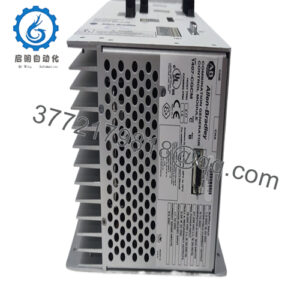Description
What This Product Solves
In precision-driven industrial automation, achieving consistent optical signal modulation without introducing noise or drift is crucial for applications demanding exacting measurement accuracy, like spectroscopic analysis or polarimetry in process control. Engineers often grapple with the instability of traditional mechanical polarizers, which succumb to vibration, wear, or thermal variations, leading to unreliable I/O signals in feedback loops and compromising overall system reliability. This becomes particularly acute in environments requiring high-fidelity light manipulation, such as semiconductor fabrication or chemical processing plants, where even subtle polarization inconsistencies can skew data interpretation, delay calibrations, or trigger false alarms in automated monitoring setups.
The DPEM-440A 4022.455.16371 tackles these challenges by serving as a specialized photoelastic modulator (PEM) head, integral to the PEM200 series, that delivers sinusoidal phase retardation at a fixed resonant frequency. It ensures stable, jitter-free polarization control, safeguarding the integrity of optical I/O signals in harsh industrial settings. Imagine deploying it in a fiber optic sensing array within a manufacturing cell: without it, fluctuating light polarization could corrupt sensor readings, halting production lines tuned for micron-level tolerances. By providing galvanic isolation through its optical design and coupling seamlessly with drive electronics, the DPEM-440A 4022.455.16371 enables robust integration into distributed control systems, minimizing downtime from signal artifacts. In process control scenarios, where high reliability is paramount for regulatory compliance, this module stands out by supporting wide spectral operations—from UV to far-IR—without the maintenance pitfalls of moving parts.
Typical pain points it resolves include the need for modular scalability in automation architectures; retrofit projects often stall on incompatible optics, but this unit’s standardized interface allows plug-and-play enhancement of existing spectrometers or ellipsometers. For teams prioritizing system stability, the DPEM-440A 4022.455.16371 shifts focus from constant tuning to predictive analytics, empowering data-driven decisions in real-time industrial automation. Its role in fostering precise, repeatable optical interactions isn’t merely technical—it’s a foundational enabler for advancing quality assurance and throughput in demanding operational theaters.
How the Product Works & Fits into a System
The DPEM-440A 4022.455.16371 operates as the optical core of a photoelastic modulation system, where an electro-optic crystal—stressed by a piezoelectric transducer—vibrates at its natural resonance to impose a time-varying birefringence on passing light beams. This creates a pure sinusoidal retardation, typically at 20-100 kHz depending on configuration, modulating polarization without mechanical contacts that could introduce hysteresis or fatigue. Paired with a PEM-200 controller, it receives precise drive signals via USB or Ethernet, adjusting amplitude for optimal retardance (often λ/2 or λ/4) while built-in temperature compensation maintains stability across environmental shifts.
In broader automation stacks, this module positions itself at the sensing layer of optical I/O architectures, interfacing with photodetectors or analyzers in a closed-loop setup. For instance, in a PLC-governed spectroscopy station, laser light passes through the DPEM-440A 4022.455.16371 head, modulated to extract chiral or stress-induced signals, then digitized for HMI visualization. It supports redundancy through dual-head configurations for failover in critical paths and offers diagnostics like vibration monitoring or spectral output logging, integrable via Modbus or custom APIs into SCADA platforms. The head mounts via optical breadboard or fiber-coupled adapters, fitting neatly into backplane-free enclosures common in lab-to-factory transitions.
- DPEM-440A 4022.455.16371
User-friendly aspects include its passive alignment tolerances, which ease commissioning—no active optics expertise needed beyond basic collimation checks. Protocols-wise, it aligns with EtherCAT for synchronized timing in multi-axis systems or integrates with OPC UA for secure data exchange in IIoT-enabled plants. Whether enhancing a Raman spectrometer for material inspection or stabilizing ellipsometry in thin-film deposition, the DPEM-440A 4022.455.16371 acts as a non-intrusive enhancer, bridging raw optical inputs to actionable control outputs. This versatility ensures it complements rather than complicates your I/O hierarchy, scaling from benchtop prototypes to embedded process lines with minimal reconfiguration.
Technical Highlights Summary (Table)
| Specification | Details |
|---|---|
| Model Number | DPEM-440A 4022.455.16371 |
| Brand | Hinds Instruments |
| Type | Photoelastic Modulator Optical Head (PEM200 Series) |
| Input Voltage | 24V DC (via controller) |
| Operating Temp Range | 0°C to +40°C |
| Mounting Style | Optical Breadboard / Fiber Adapter |
| Dimensions | 50mm x 50mm x 100mm |
| Weight | 0.25 kg |
| Interface/Bus | USB / Ethernet (controller-dependent) |
| Compliance | CE, FCC |
| Supported Protocols | Modbus, OPC UA |
| Typical Power Draw | 5W (head only) |
Real-World Benefits
Opting for the DPEM-440A 4022.455.16371 equips your setup with modulation precision that translates to measurable gains in measurement repeatability, cutting down on process variability that plagues optical-based automation. Engineered for resonant operation, it delivers phase stability unaffected by ambient vibrations, meaning your control loops maintain tight tolerances during extended runs—ideal for environments where drift could inflate scrap rates or compliance audits. This reliability cascades into operational efficiency: teams spend less time on ad-hoc alignments, redirecting efforts toward algorithm refinements or yield optimizations.
Long-term performance is baked in through its stress-optimized crystal design, which resists fatigue over millions of cycles, ensuring consistent I/O signal quality without the periodic overhauls demanded by chopper wheels or liquid crystal alternatives. In integration-heavy projects, it reduces engineering overhead by standardizing optical interfaces, allowing seamless swaps across spectral ranges and shortening validation timelines. Maintenance efficiency gets a boost too; remote diagnostics via the paired controller flag deviations early, preventing minor anomalies from escalating into shutdowns and preserving uptime in 24/7 facilities.
Beyond core functionality, the DPEM-440A 4022.455.16371 fosters adaptability in evolving automation landscapes—add it to legacy spectrometers for modern polarimetric capabilities, or cluster multiples for parallel processing in high-throughput lines. The payoff? Smoother scalability that aligns with lean manufacturing principles, lower lifecycle costs from fewer interventions, and enhanced data fidelity that informs smarter predictive models. It’s this blend of steadfast execution and forward-thinking flexibility that positions it as a wise choice for engineers eyeing sustained excellence in precision process control.
Typical Use Cases
In semiconductor process control environments, the DPEM-440A 4022.455.16371 is deployed for real-time ellipsometry during wafer metrology, where its high-frequency modulation enables sub-nanometer film thickness gauging amid cleanroom vibrations and thermal cycling. Critical system uptime hinges on its drift-free performance, ensuring fast data cycles feed directly into fab controllers for immediate etch or deposition adjustments—vital for yield targets in high-volume production.
Pharmaceutical manufacturing leverages the DPEM-440A 4022.455.16371 in chiral spectroscopy setups for drug purity assays, modulating circularly polarized light to detect enantiomeric excesses under sterile, humid conditions. Here, continuous uptime is non-negotiable for batch validation; the module’s spectral versatility supports UV-Vis operations without recalibration, streamlining compliance workflows and accelerating release cycles in regulated facilities.
For power plant emissions monitoring—classic process control environments—the DPEM-440A 4022.455.16371 integrates into FTIR analyzers, providing robust polarization control for gas species detection in flue stacks exposed to corrosive particulates and temperature swings. Its high reliability under harsh conditions ensures accurate, low-noise spectra for NOx/SOx tracking, bolstering environmental reporting while minimizing false positives that could trigger unnecessary scrams. Across these applications, the DPEM-440A 4022.455.16371 proves indispensable, enhancing precision where optical integrity meets industrial rigor.
Compatible or Alternative Products
DPEM-500 – Advanced PEM head with extended IR capabilities for far-infrared spectroscopy in thermal imaging systems.
PEM-200 Controller – Essential drive unit for the DPEM series, offering USB/Ethernet tuning and diagnostics.
DPEM-440B – Broadband variant with enhanced UV response, suited for fluorescence-based quality control.
PEM-IR – Infrared-optimized model for mid-IR process monitoring in petrochemical analyzers.
DPEM-300 – Compact entry-level head for lab-scale prototypes before full automation scaling.
Hinds FPM-200 – Fixed phase modulator alternative for static retardation needs in alignment tools.
DPEM-440A-UV – UV-specialized edition for photolithography endpoint detection in fabs.
Setup Notes & Maintenance Insights
Prior to integrating the DPEM-440A 4022.455.16371, confirm optical path compatibility—measure beam diameter and divergence to match the head’s aperture, avoiding clipping that could skew modulation depth. Ensure the paired controller’s firmware is updated for your spectral range, and allocate stable mounting space on a vibration-damped breadboard, with at least 10cm clearance for thermal dissipation in enclosed cabinets. Collimation alignment is straightforward but critical; use a HeNe laser reference to center the beam, then torque mounting screws to 1-2 Nm to secure against drift during transport.
Maintenance revolves around preventive vigilance rather than intensive overhauls. Bi-monthly, inspect the crystal window for dust or haze using compressed air—never solvents, as they etch polycarbonate housings—and cross-check retardance output with a test polarizer under controller diagnostics. Vibration levels should stay below 0.1g RMS; if your site exceeds that, add isolators to forestall resonance shifts. Annually, during scheduled downtime, perform a full spectral sweep to baseline performance, logging any amplitude drops exceeding 5% for crystal health trends. Connector checks on the drive cable prevent intermittent signals—reseat quarterly and replace if oxidation appears. This measured approach keeps the unit operational for 7-10 years, with spares like spare crystals readily swapped in under an hour. It’s about embedding reliability checks into your routine, so anomalies surface early without disrupting production rhythms.

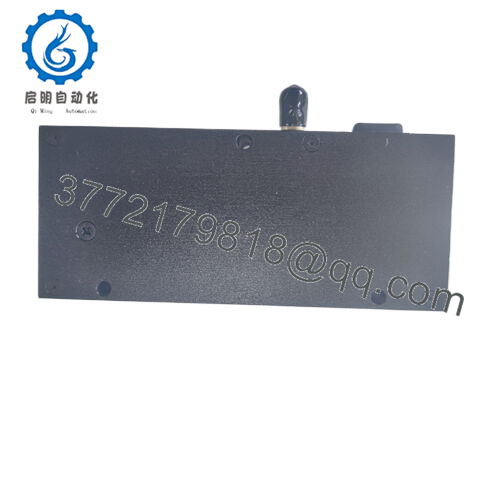

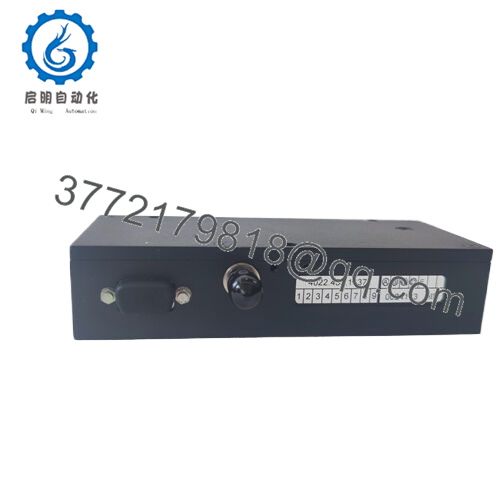
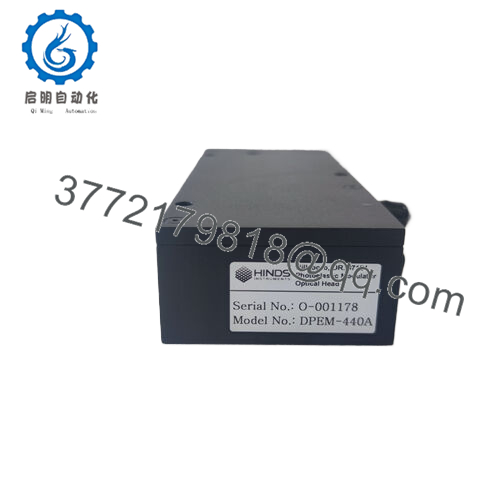
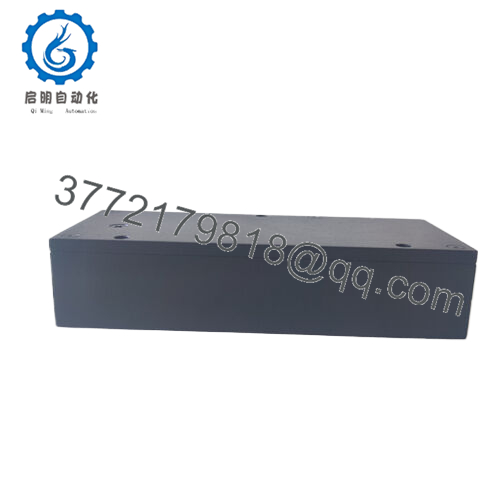
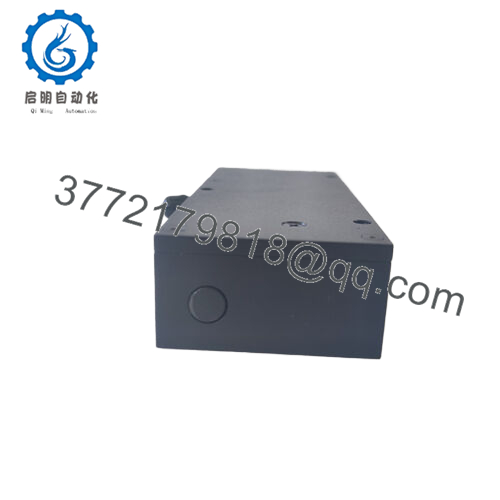
 WhatsApp: +86 16626708626
WhatsApp: +86 16626708626 Email:
Email:  Phone: +86 16626708626
Phone: +86 16626708626